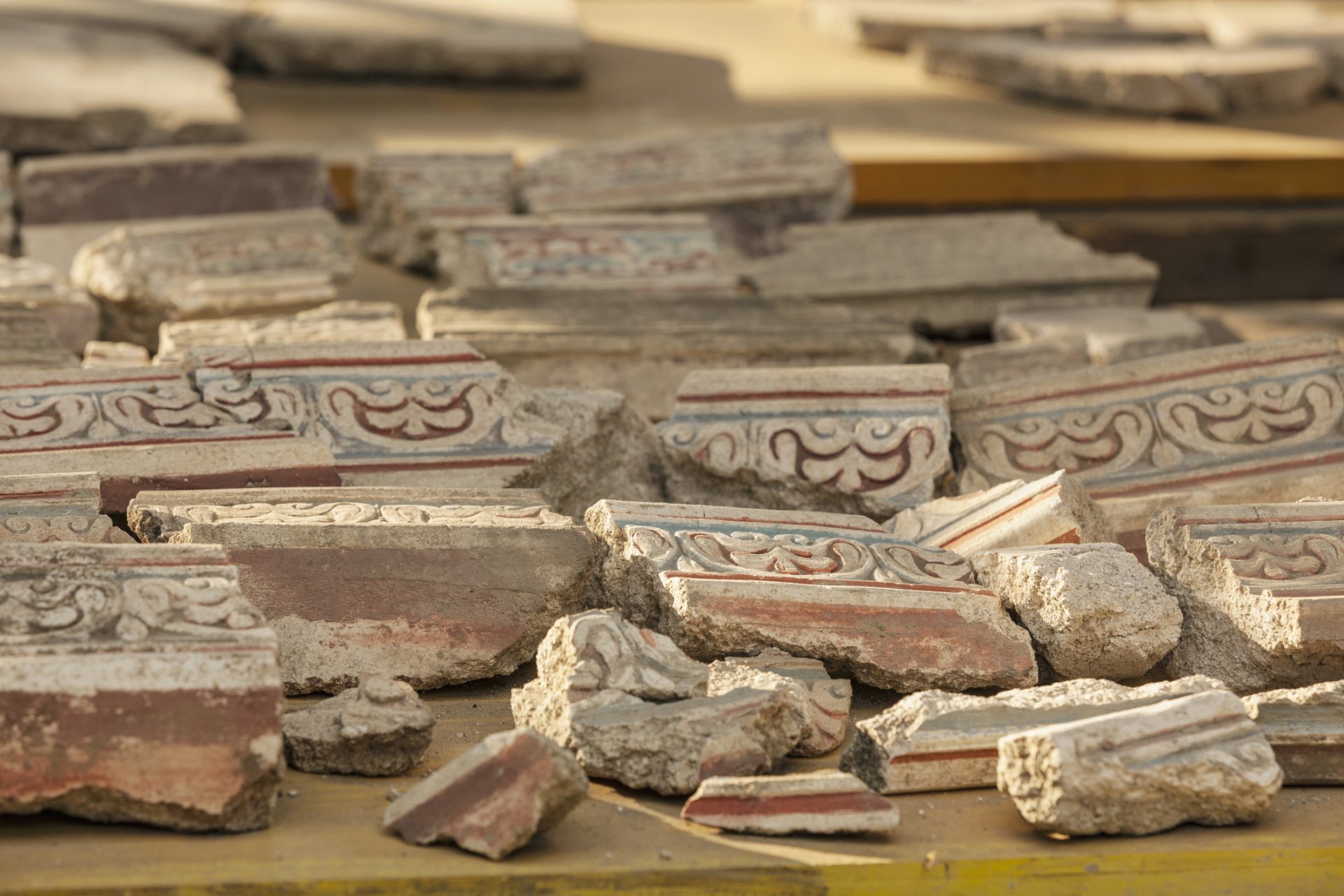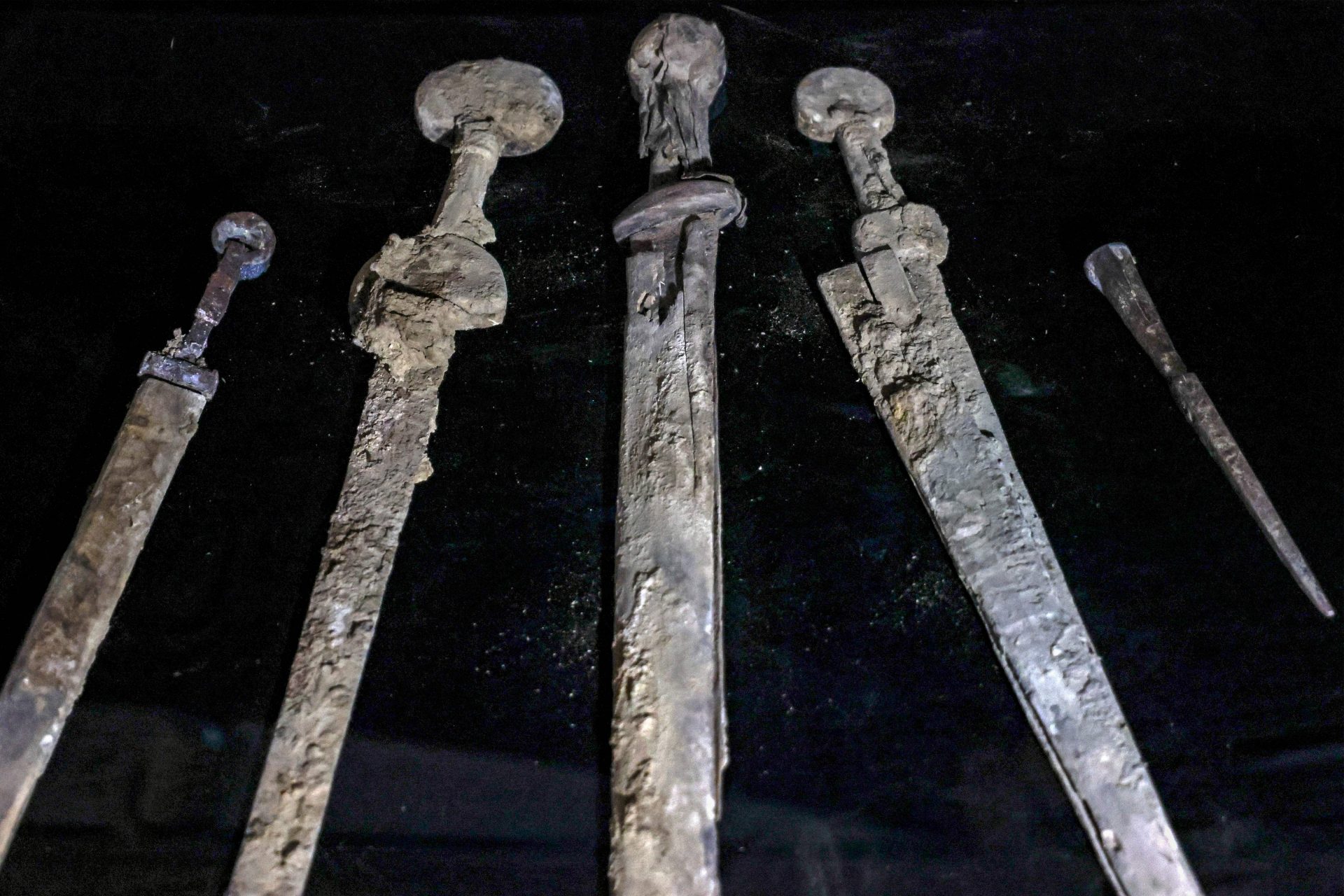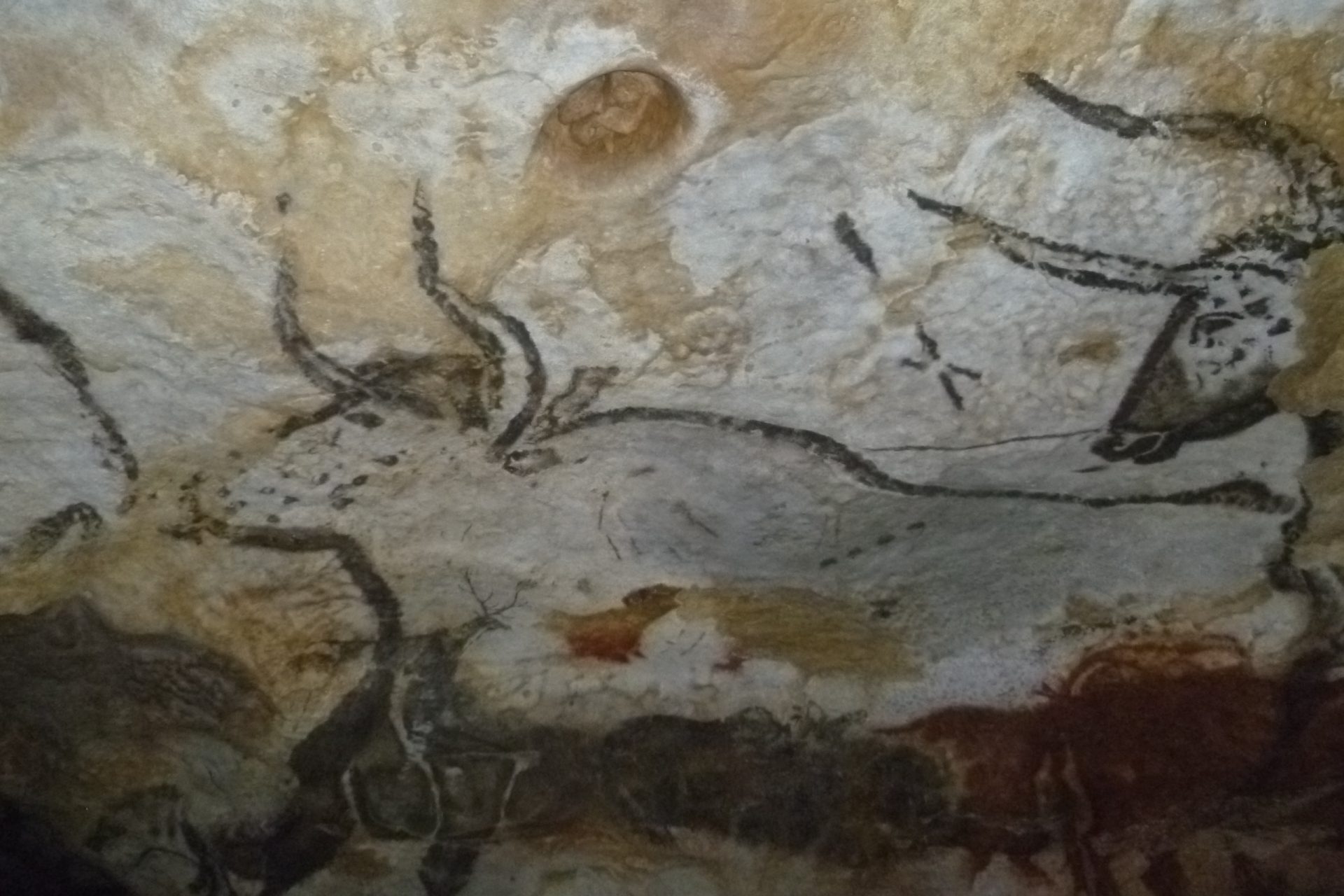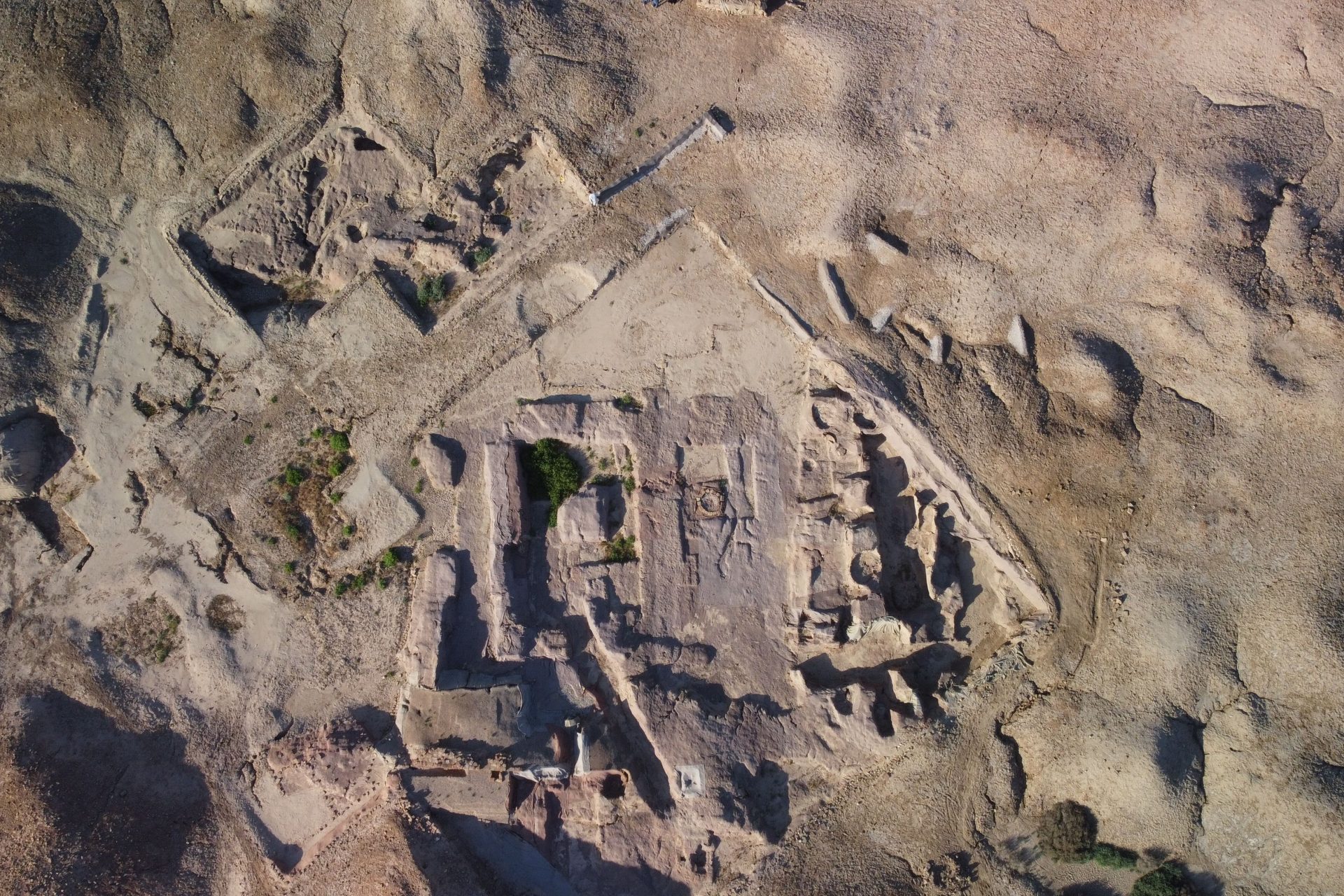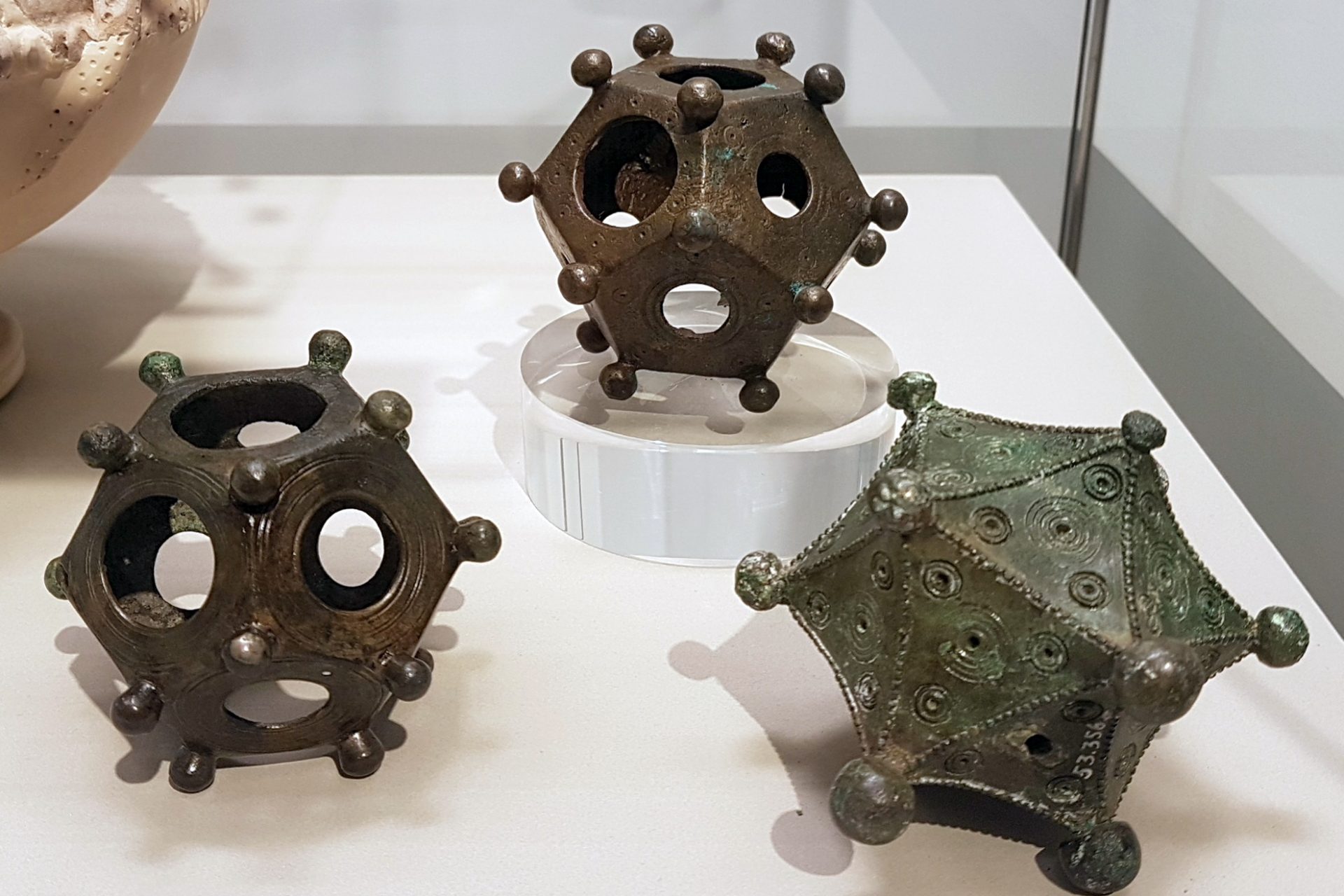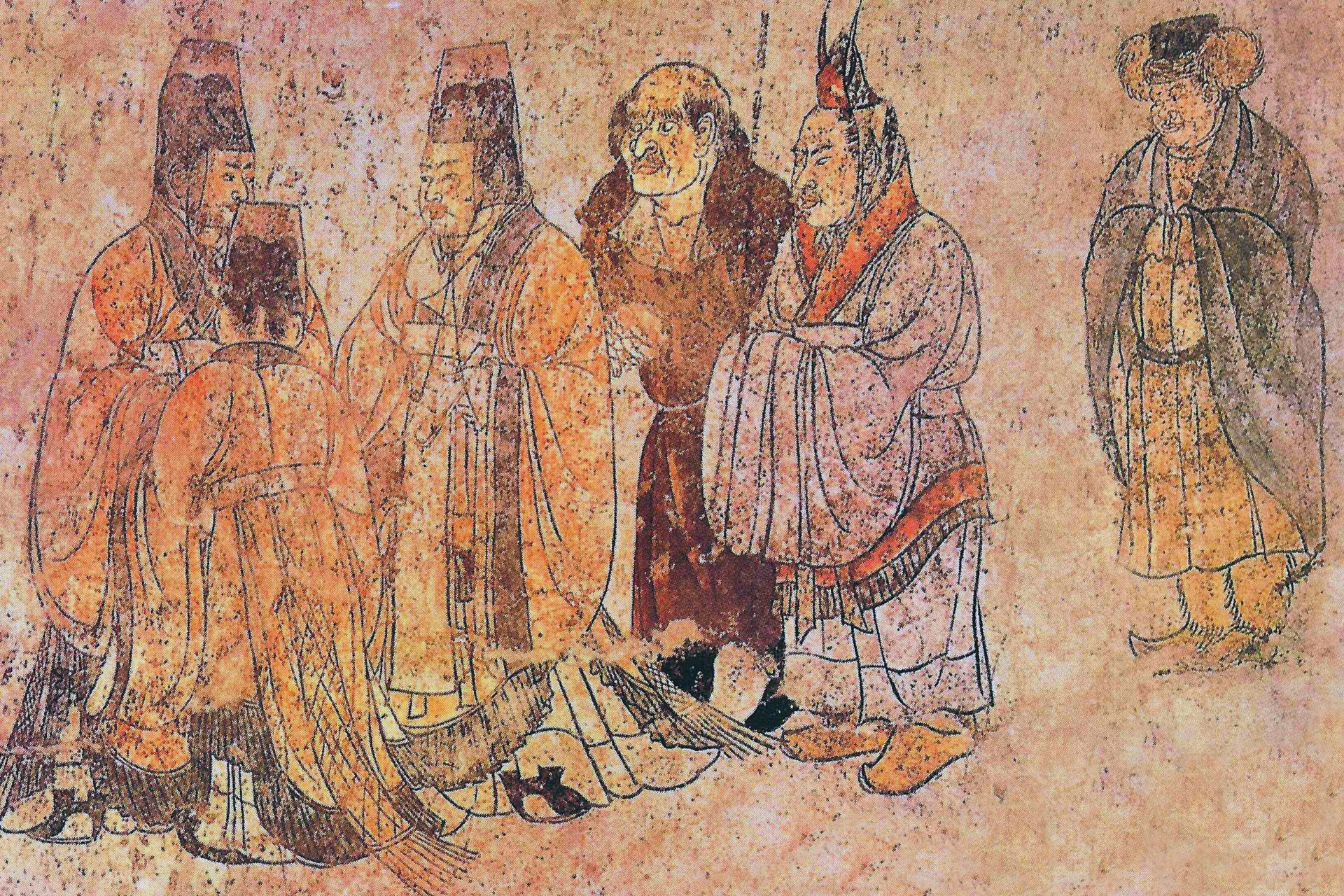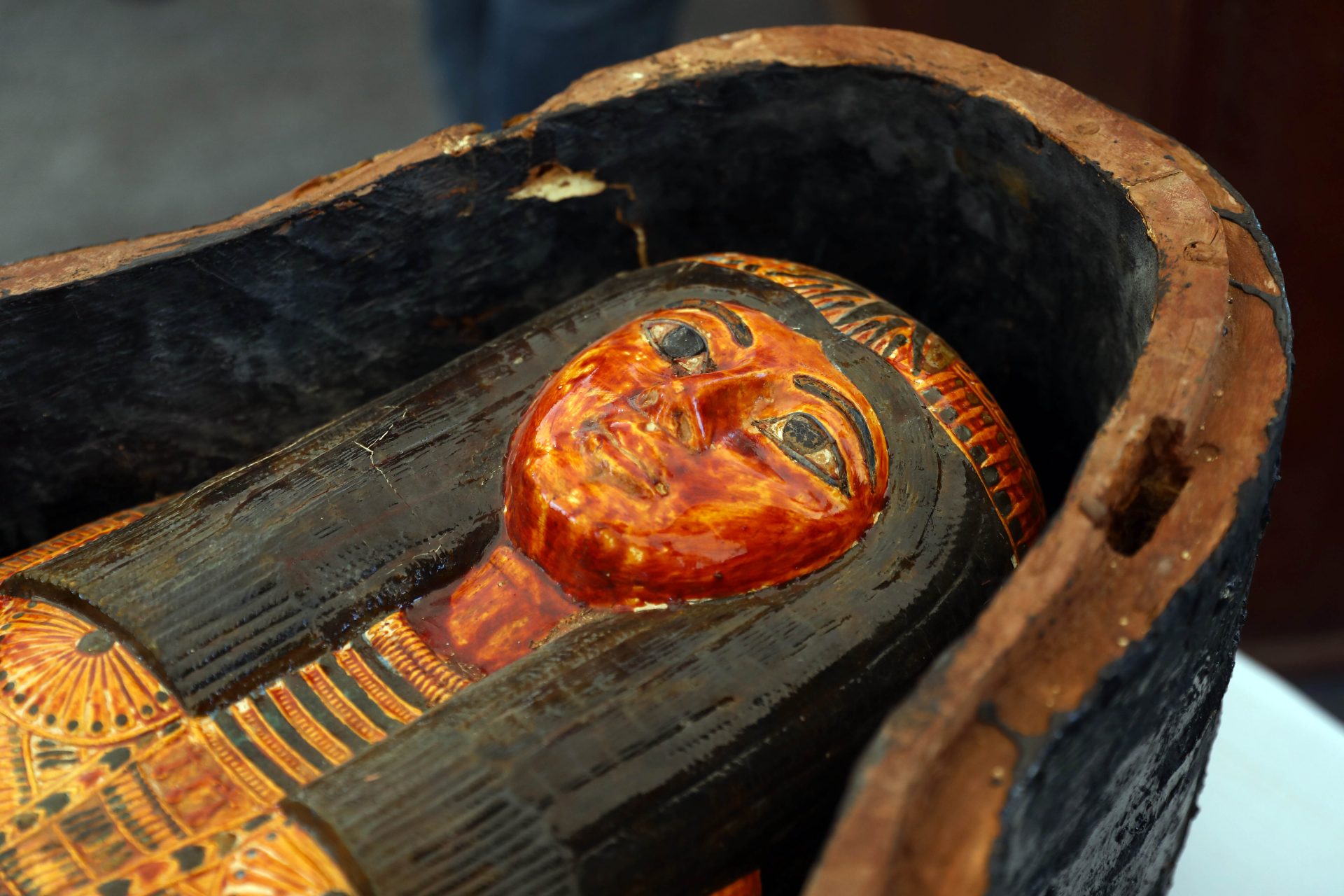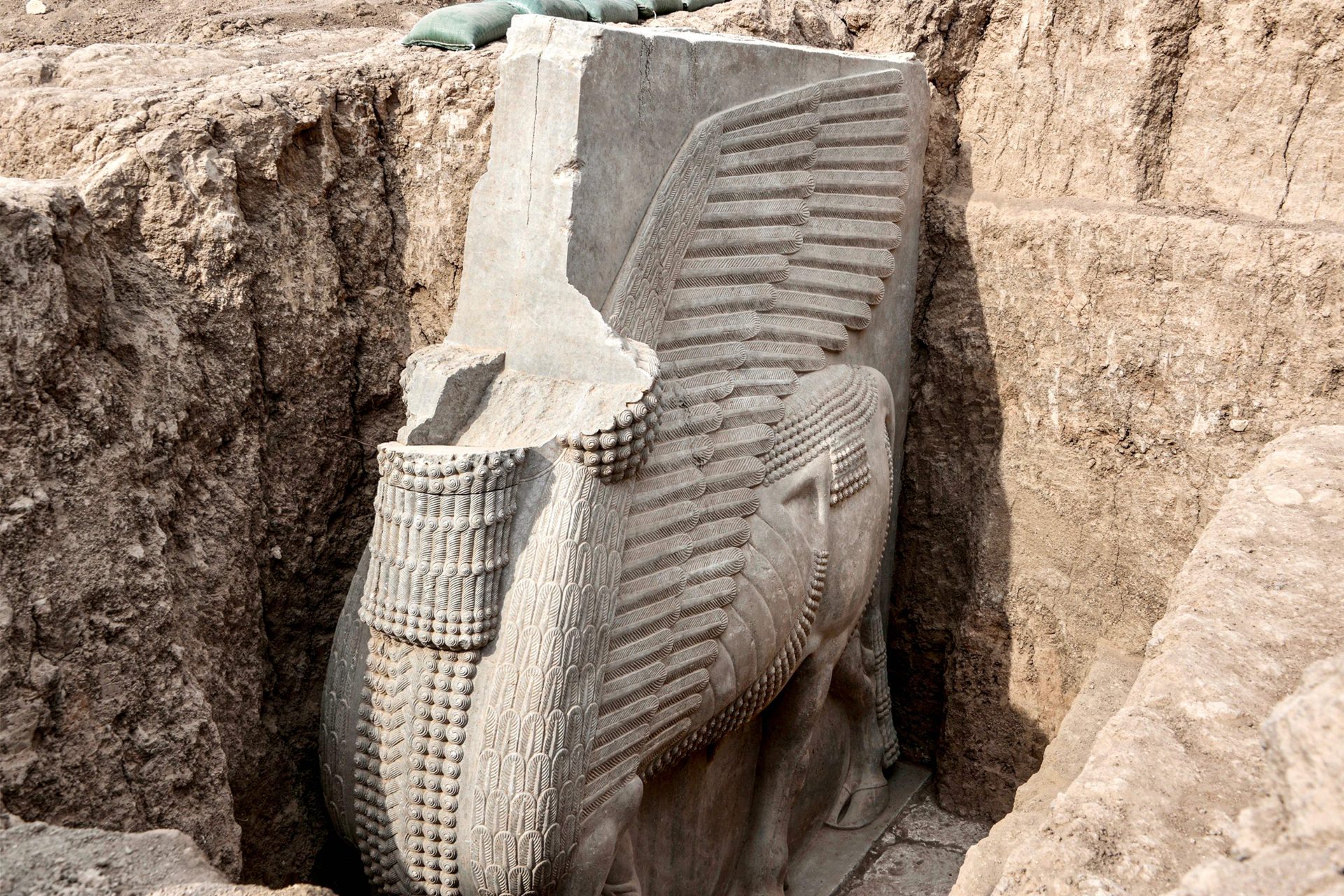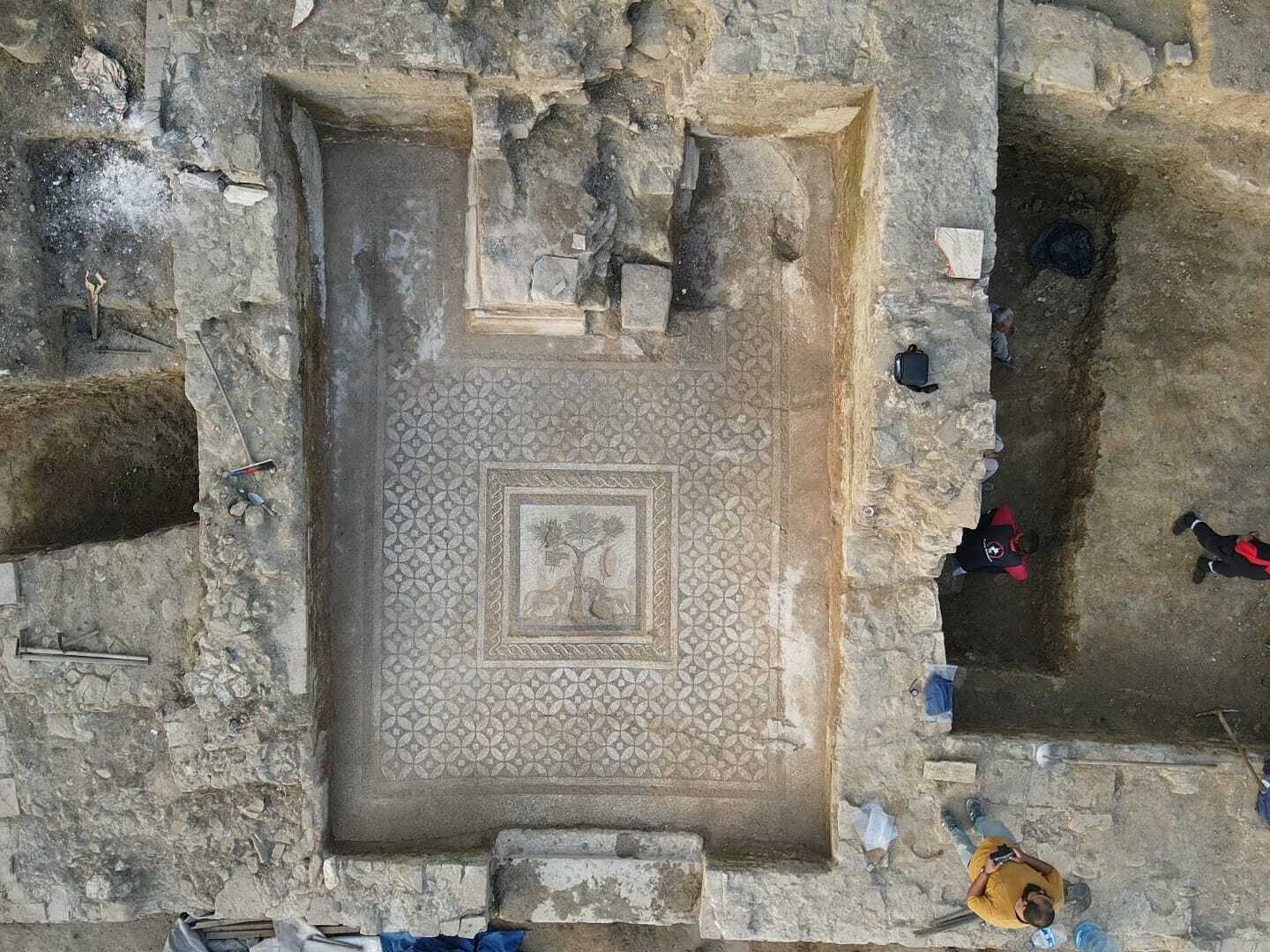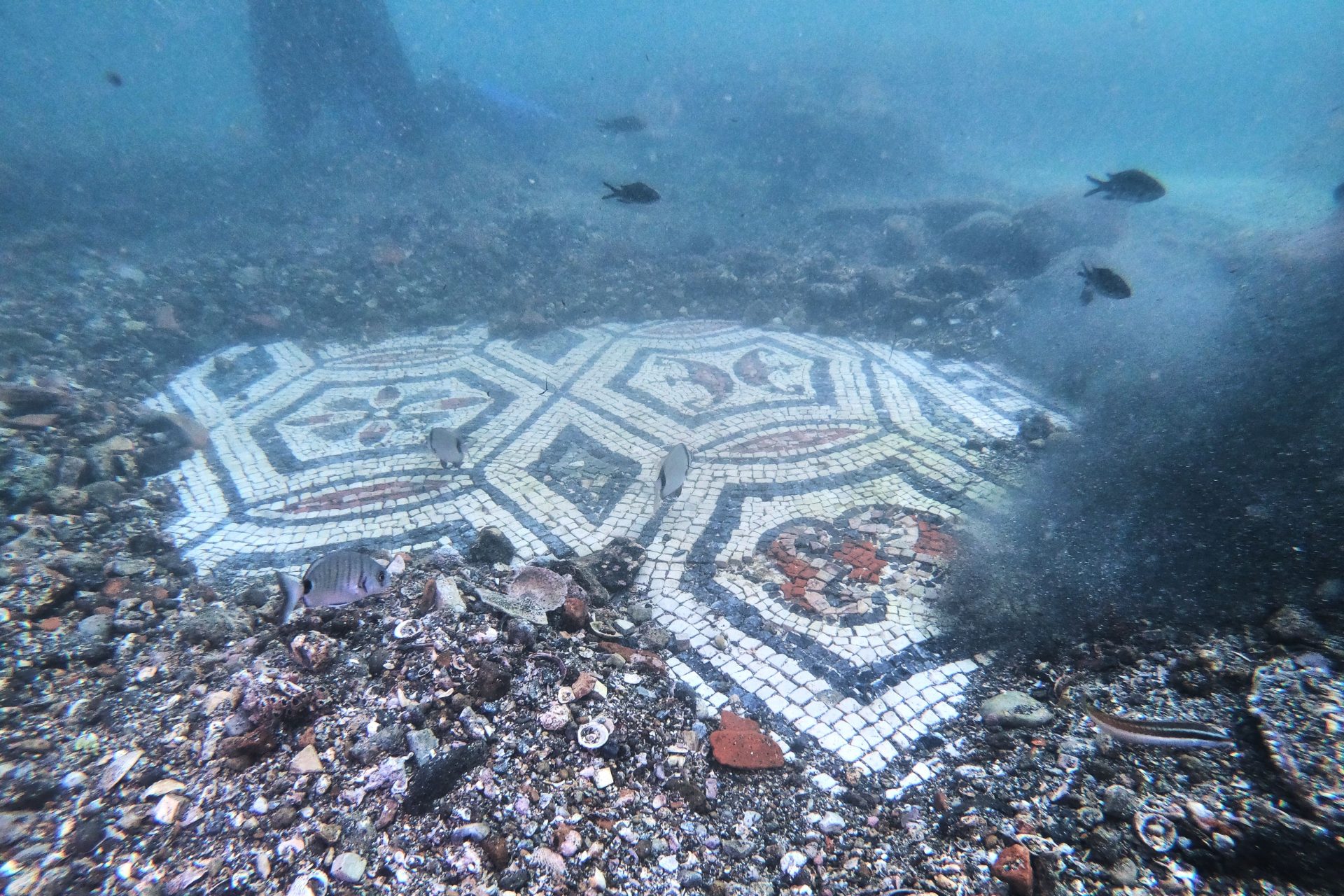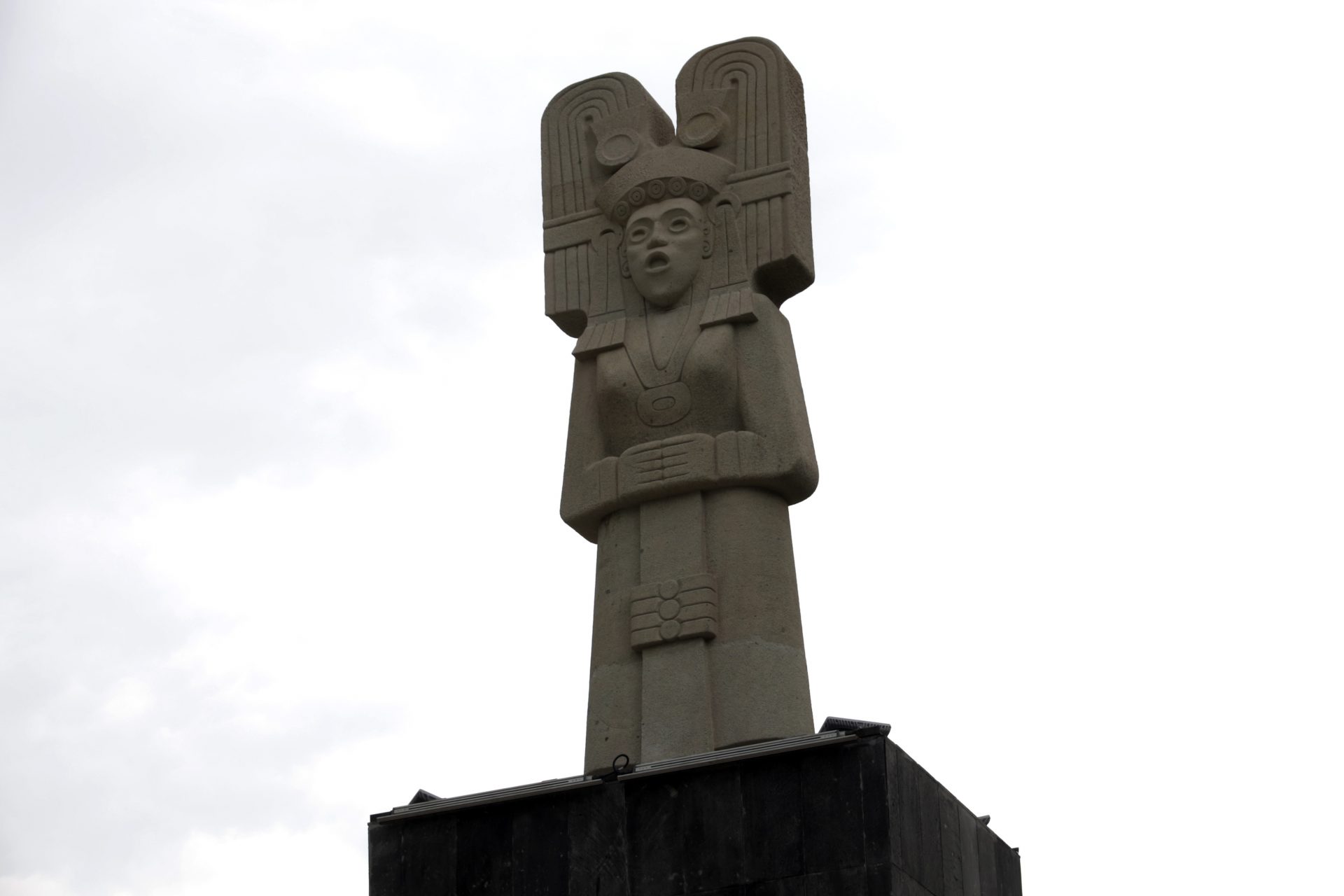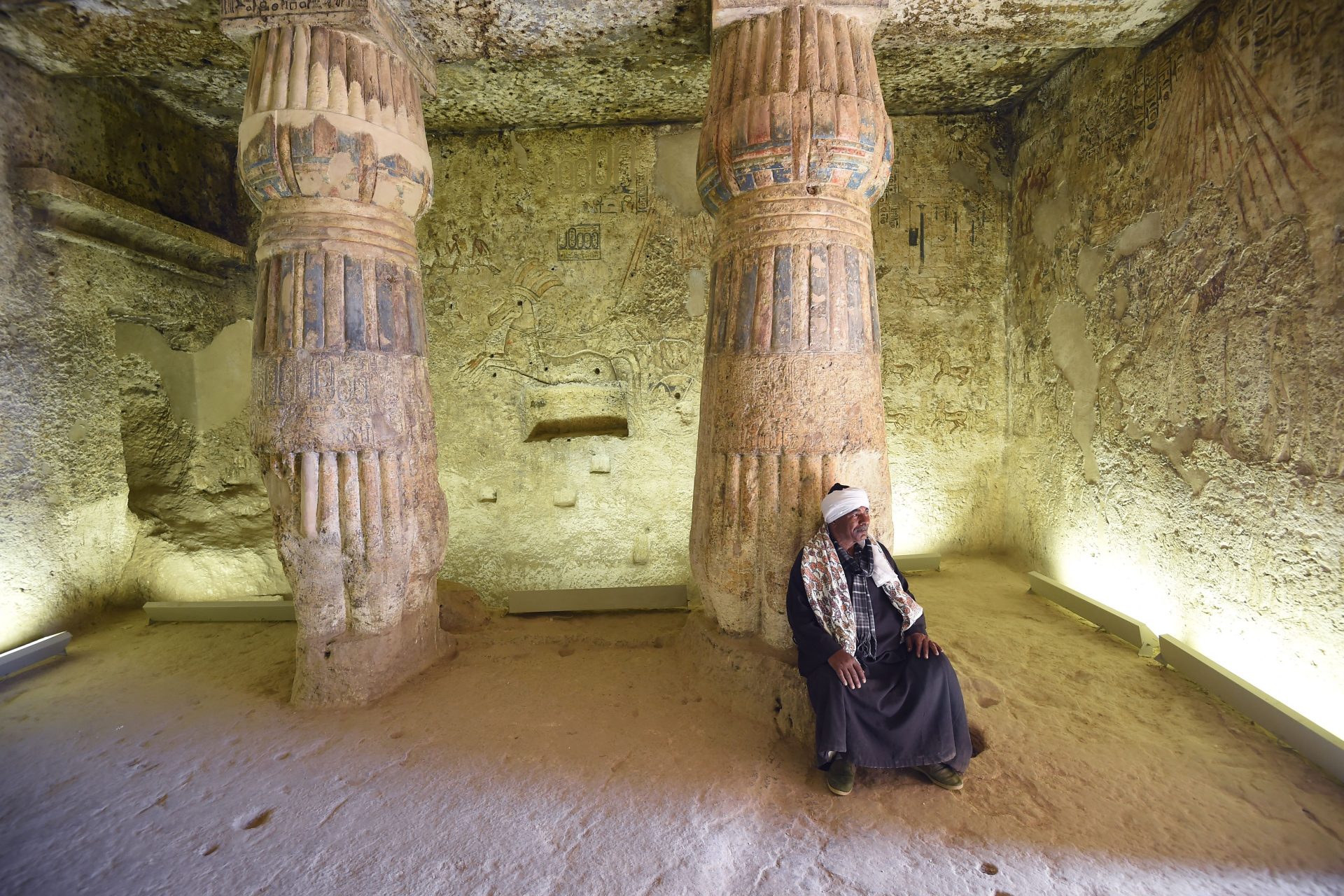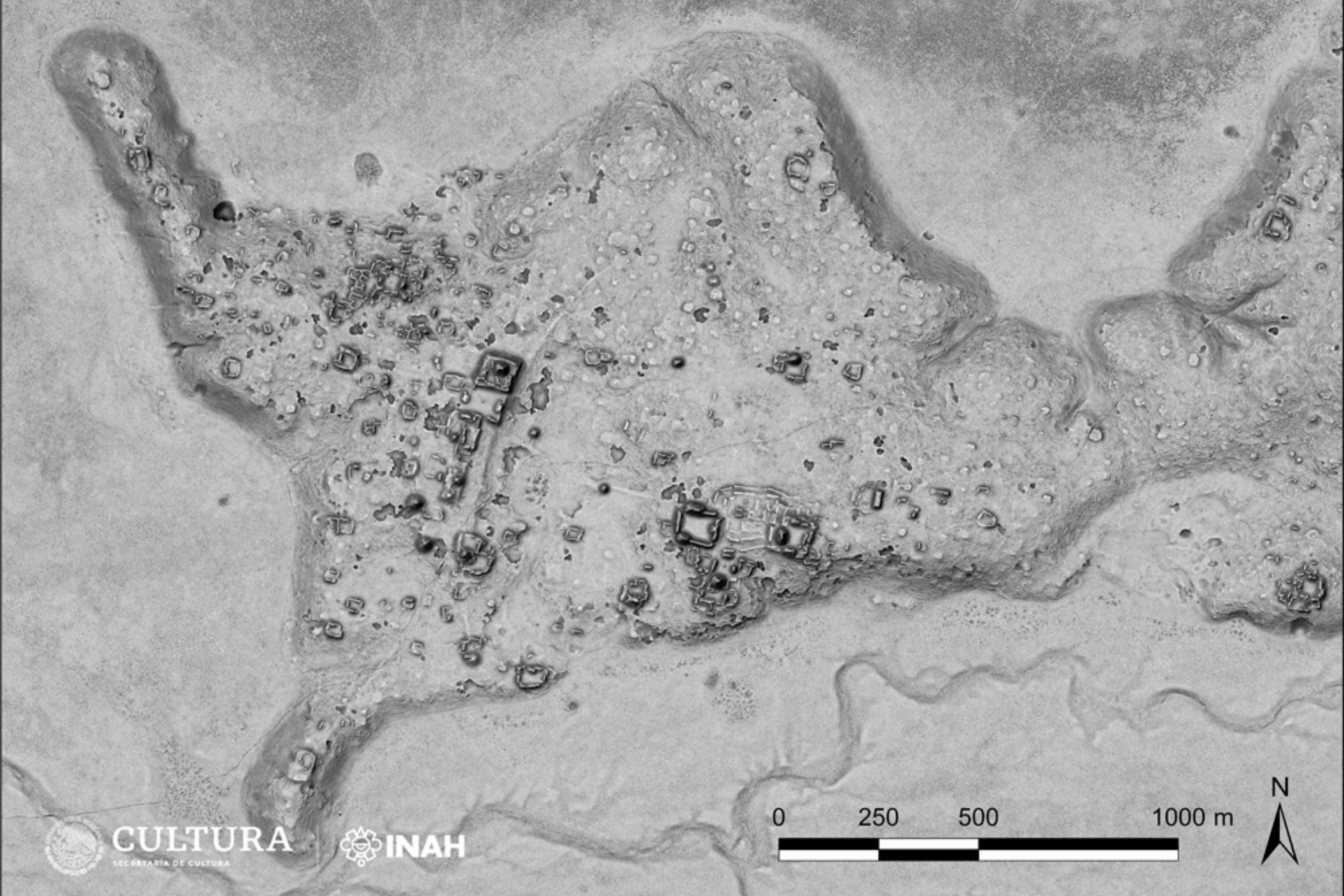These are the most extraordinary archeological finds of 2023
Researchers and archeologists had a great year in 2023. A lot of really fun and amazing discoveries were uncovered but you may have missed most of them. Luckily, Wikipedia kept a great running list of the best finds and discoveries. Let's take a look at some of them.
Four perfectly preserved Roman swords dating back over 1,900 years to the time period of the Judean Bar Kokhba Revolt were discovered in a cave in the Dead Sea. They may have been captured from Roman soldiers during the revolt.
A Polish Egyptologist unearthed 100 blocks of white stone at Old Dongola that date all the way to the 15th Dynasty of Egypt according to Heritage Daily. This period was a time when Egypt was ruled by the King of Kush, and it was a big find.
Mysterious markings from Ice Age hunter-gathers dating back to over 40,000 years turned out to be a form of keeping track of time and even a way to communicate in what researchers said was the earliest known example of proto-writing according to Science News.
Photo Credit: Wiki Commons, By JoJan, CC BY 4.0
A 4500-year-old palace that belonged to the Sumerians was found in the ancient city of Girsu, which is located close to the modern-day settlement of Tello in Southern Iraq. It was quite the find and may teach us a lot in the near future.
A mysterious 12-sided Roman dodecahedron was uncovered in Belgium. The find was discovered by a metal detector enthusiast and was interesting according to Science News because "scientists remain unsure of what the Roman dodecahedrons were used for."
Photo Credit: Wiki Commons By Kleon3, Own Work, CC BY-SA 4.0
Over 300 artifacts were discovered by archaeologists in Datong, China when they uncovered 58 tombs dating all the way back to the Tang Dynasty (618 CE - 907 CE). The find is one of the biggest of the period according to Heritage Daily.
The Theatre of Nero was lost for centuries but its ruins were uncovered in Rome and its rediscovery was announced by the city’s Superintendent Daniela Porro in July. There is a lot that will soon be learned from this stunning find in Rome.
The Egyptian Ministry of Tourism announced the unprecedented find of a New Kingdom cemetery at the ancient Egyptian city of Tuna-el Gebel. Included in the items found were several sarcophagi and one even belonged to a royal official.
Archeologists unearthed a 2,700 ancient statue of an Assyrian Lamassu deity that had previously been the center of a controversy in the 1990s when smugglers broke up the statue's head and tried to secretly take it out of the country.
This amazing archaeological find hasn’t made it onto Wikipedia’s list of discoveries from 2023 quite yet but the impressive mosaic from the Roman period at Prusias ad Hypsium may prove to be the most important of the year.
Another discovery not covered by Wikipedia but certainly deserving of a mention as one of the greatest finds this year was a golden bracteate found in 2020 but only deciphered in March 2023. NBC News noted it showed Odin was worshiped earlier than thought.
Photo by Twitter @SimonCoupland
A host of new treasures were found by divers at the sunken Roman villa just off the coast of the Italian city of Baiae. Among the new discoveries was a well-preserved marble tile floor as well as a variety of columns that were also made of marble.
A 5-foot pre-Columbian statue similar to the The Young Woman of Amajac, a statue that was found in 2021 of what could be a previously unknown female ruler or deity, was discovered by farmers in the Mexican province of Veracruz.
The tomb of an elite noble by the name of Panehsy was discovered in the Necropolis of Saqqara, Egypt. Panehsy lived during the 19th Dynasty and was a very powerful person in the hierarchy of the Amarna Period.
The world’s oldest wooden structure was identified in Zambia after it was discovered in 2019. Research finally revealed that the Kalambo Structure dated back some 476,000 and has changed what we know about the capabilities of early hominins.
Photo Credit: Wiki Commons By By L. Barham, G. A. T. Duller, I. Candy, C. Scott, C. R. Cartwright, J. R. Peterson, C. Kabukcu, M. S. Chapot, F. Melia, V. Rots, N. George, N. Taipale, P. Gethin, and P. Nkombwe
Archaeologists from Mexico’s National Institute of Archaeology and History rediscovered the lost Mayan city of Ocomtún. Smithsonian Magazine noted the ancient city had been hidden in the jungle for over 100o years until it was found in July by Dr. Ivan Šprajc.
Photo Credit: Dr. Ivan Šprajc / National Institute of Archaeology and History Press Release
More for you
Top Stories



